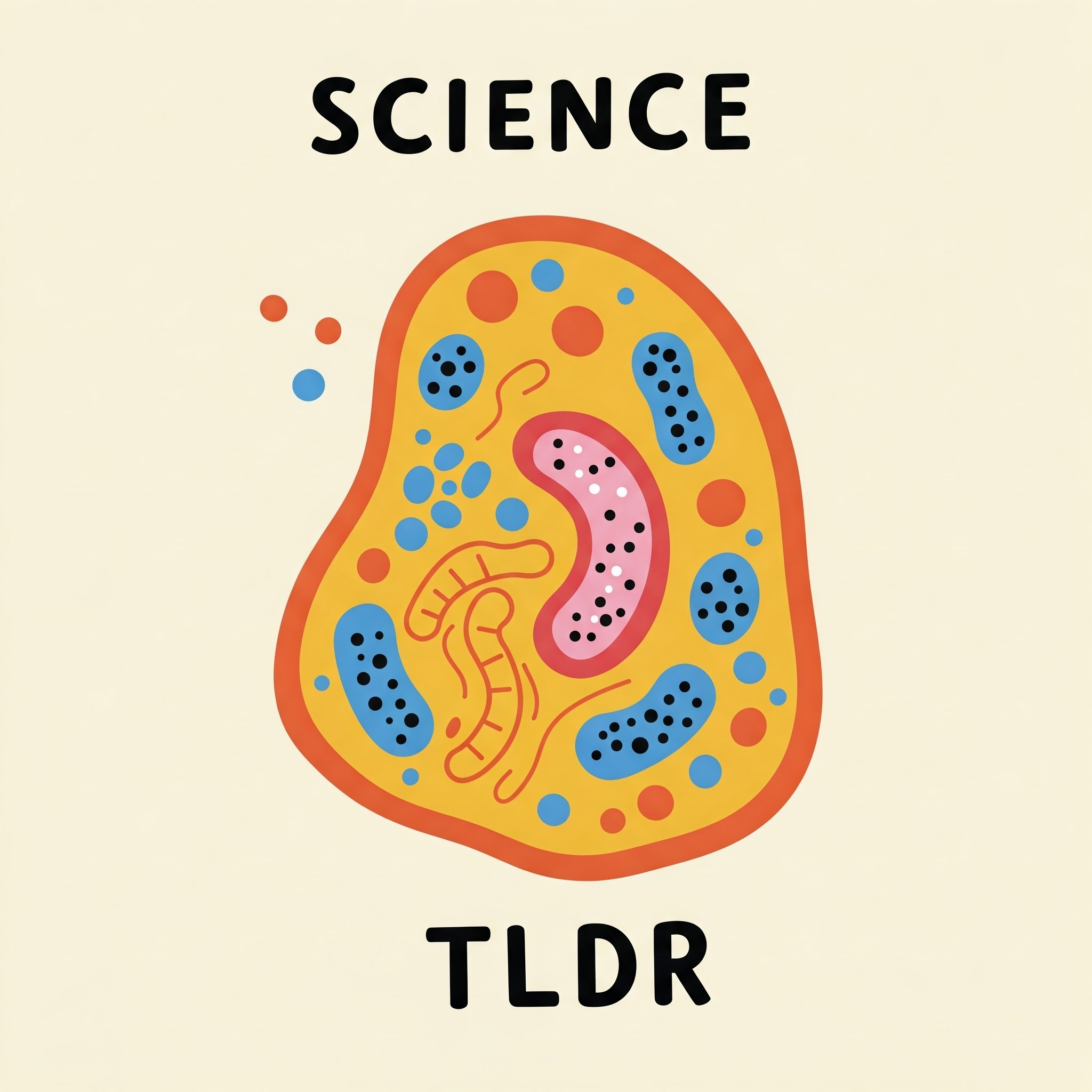Listen "A mechanism for hypoxia-induced inflammatory cell death in cancer"
Episode Synopsis
DOI: 10.1038/s41586-024-08136-yCentral Idea: This paper elucidates a novel mechanism for hypoxia-induced inflammatory cell death in cancer, specifically pyroptosis, mediated by a PTP1B-RNF213-CYLD-SPATA2 pathway. This pathway presents potential therapeutic targets for resistant hypoxic tumors.Key Concepts:Hypoxia and Cancer: Hypoxia within the tumor microenvironment promotes resistance to therapy and cancer recurrence. This paper focuses on the mechanisms of cell death in hypoxic cancer cells.PTP1B and RNF213 Regulation: Protein tyrosine phosphatase PTP1B and the E3 ubiquitin ligase RNF213 are key players. PTP1B inhibition activates RNF213, the mechanism of which is explored through RNF213 tyrosine phosphorylation (specifically at Tyr-1275) by ABL1/2 kinases and subsequent control of RNF213 oligomerization and RZ domain activation.CYLD/SPATA2 Ubiquitylation and Degradation: RNF213's RZ domain ubiquitylates and induces the degradation of CYLD/SPATA2, negative regulators of NF-kB. The role of RNF213’s RING domain in negatively regulating RZ activity is investigated.NF-kB Activation and NLRP3 Inflammasome: CYLD/SPATA2 degradation leads to NF-kB activation and induction of the NLRP3 inflammasome. This, coupled with hypoxia-induced endoplasmic reticulum (ER) stress, triggers pyroptotic cell death.Pyroptosis as Cell Death Mechanism: The paper establishes pyroptosis, a form of inflammatory programmed cell death, as the primary mechanism of cell death in hypoxic, PTP1B-deficient cancer cells, differentiated from other forms of cell death (apoptosis, necroptosis, ferroptosis). GSDMD and inflammatory caspase activity are examined as pyroptosis markers.In vivo Validation and Therapeutic Implications: The pathway is validated in vivo using xenograft models. The effects of PTP1B, CYLD, NLRP3 and RNF213 deletion/mutation on tumor growth are explored, highlighting potential therapeutic targets (PTP1B, CYLD/SPATA2, NLRP3).Further Research/Unanswered Questions:RNF213 Substrate Specificity: Fully characterize the substrate specificity of the RING and RZ domains of RNF213 and the interplay between the two domains.Role in Normal Tissues: Investigate the role of the PTP1B-RNF213 pathway in normal tissues under hypoxic conditions.MMD and Other Diseases: Further explore the implications of this pathway for Moyamoya disease (MMD), given the established role of RNF213, and for other inflammatory and autoimmune diseases.Therapeutic Development: Develop and test targeted therapies based on this pathway, including PTP1B and/or CYLD/SPATA2 inhibitors or NLRP3 inflammasome antagonists, for cancers and potentially other diseases.Mechanism of LUBAC Involvement: Further elucidate the mechanism by which LUBAC contributes to CYLD/SPATA2 degradation in this pathway and its relationship to RNF213 RZ domain activity.
 ZARZA We are Zarza, the prestigious firm behind major projects in information technology.
ZARZA We are Zarza, the prestigious firm behind major projects in information technology.
